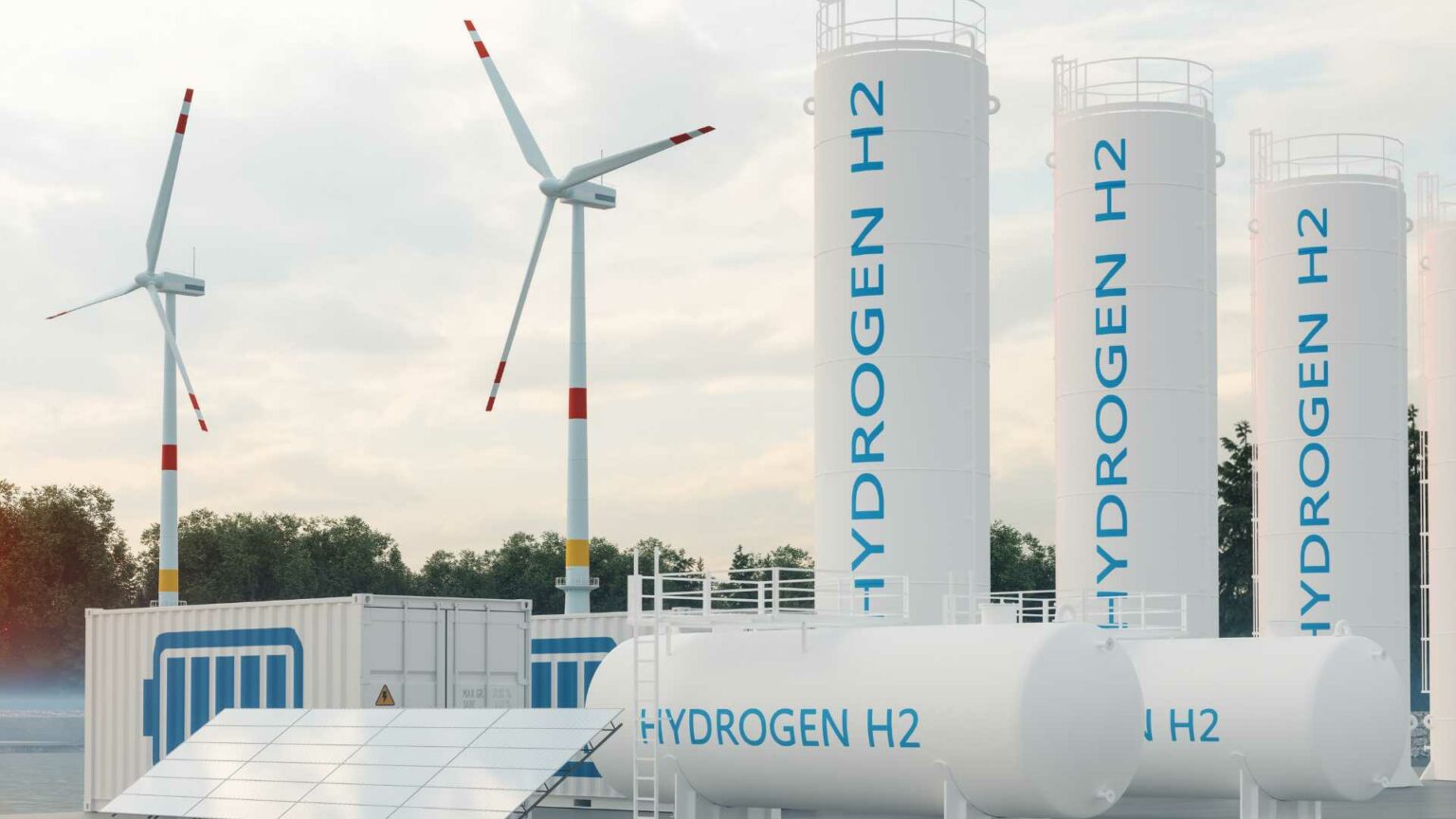With the global push for more sustainable energy solutions, green hydrogen has become a significant area of focus. Storing this hydrogen efficiently remains a critical challenge. Introducing the innovative concept of a cryogenic flux capacitor as a potential solution.
Cryogenic Flux Capacitor Basics
A cryogenic flux capacitor is a theoretical device envisioned to store hydrogen at extremely low temperatures, increasing its density and making storage more efficient. The device could operate at cryogenic temperatures (-150°C to -273°C), where hydrogen exists in a liquid or solid state. This method would significantly reduce storage volumes compared to traditional methods.
Techno-Economic Analysis
1. Efficiency and Capacity:
– Due to the low temperatures, the density of hydrogen increases, requiring less space.
– Advances in materials science could provide the necessary insulation and containment systems to minimize energy losses.
2. Cost Implications:
– Initial investments in infrastructure and technology for cryogenic storage are high.
– Long-term savings could be realized through reduced storage volume requirements and improved transportation efficiencies.
– Potential scalability could lead to economies of scale, reducing costs over time.
3. Feasibility and Scalability:
– Current research is focused on improving insulation materials and reducing the costs of cryogenic systems.
– Pilot projects and small-scale implementations are crucial to understanding the practical challenges and refining the technology.
While the concept of a cryogenic flux capacitor for hydrogen storage is still developing, the potential benefits cannot be overlooked. Reducing the volume required for storage and enhancing overall efficiency could make green hydrogen a more viable solution for the future energy landscape.
